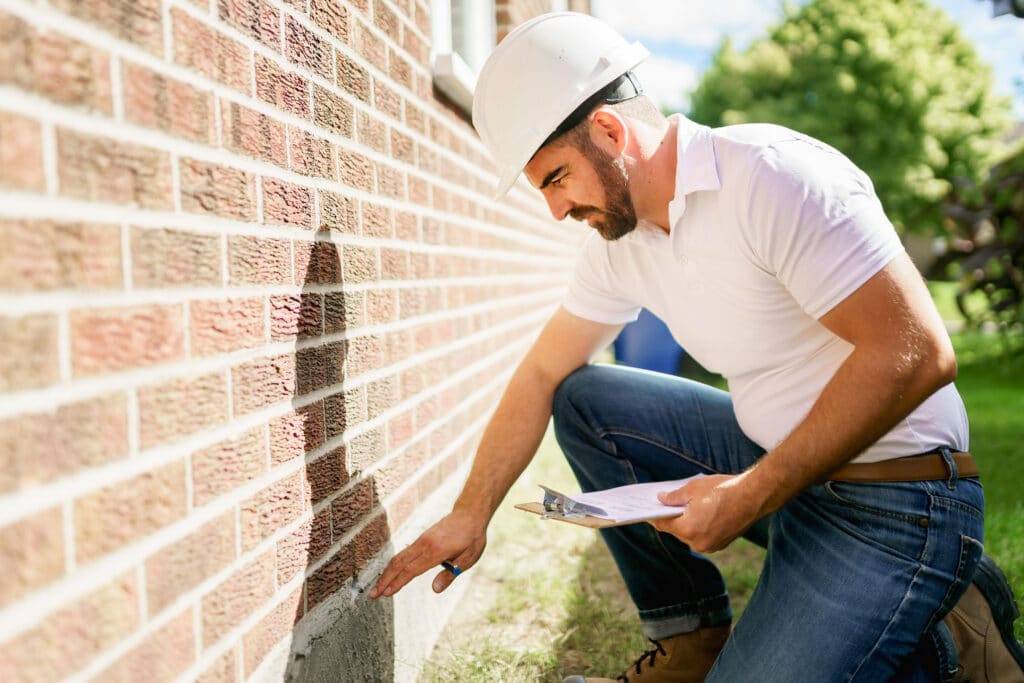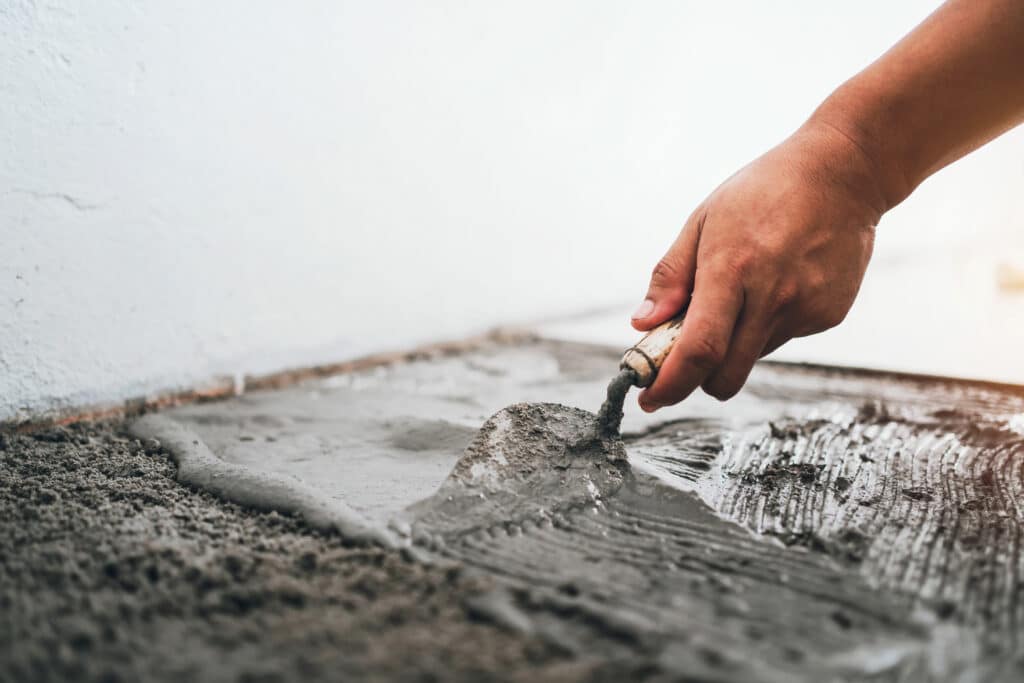Common Causes of Foundation Problems in Jacksonville
A home in Jacksonville might experience foundation issues for a variety of reasons. Some are unique to the local environment, while others are common nationwide. They include:
- Aging plumbing: The average Jacksonville home construction year is 1980. If you live in an older home, it's likely to have cast-iron plumbing. When the pipes start eroding, leaking water could reach your foundation and even pool beneath it.
- Soil composition: Soil with large sand or clay concentrations is highly expansive. In the heavy rainfall Jacksonville experiences, the soil soaks up moisture like a sponge, then releases it in dry seasons. The constant expansion and contraction puts pressure on nearby foundations, even if the foundations stay dry.
- Standing water: Standing water around your home can threaten your foundation's integrity, especially when it gathers in areas your drainage system doesn't cover.
- Tree Roots: Tree roots can intrude into a home's foundation through cracks, and may exert pressure that causes your foundation fracturing, pipes leaking, and overall structural weakening.
How to Choose the Best Foundation Repair Company
Your home's foundation is crucial to its stability, so it's important to work with a top-notch foundation repair provider. Assess each firm using the following criteria:
Licensing and Experience
Florida's contractor licensing system is rather unique. The state's Department of Business and Professional Regulation issues "certified" contractor licenses in building, general contracting, and residential construction that foundation companies must earn. There are also "registered" licenses issued at a local level. To further understand your contractor's experience, we recommend asking questions about how the company inspects foundations, how its team will draft plans and pull permits, and what local codes apply to your project.
Another way to measure a company's reputation is to check its website. There, you can learn how long it's been in business and its trade accreditations. It might also share insights and knowledge through blog posts, podcasts, or videos.
Customer Reviews
When you're researching a company's reputation, visit its Better Business Bureau (BBB) profile. There, you can find its rating and a list of customer reviews, both positive experiences and complaints. Remember that negative feedback doesn't necessarily mean a contractor is unqualified. The BBB shows how companies resolve complaints. A responsive team that works toward excellent outcomes is a good one. Don't work with a company if you don't see effective communication about problems.
Foundation Repair Cost in Jacksonville
The price of foundation repair can differ quite significantly depending on the scale of the issues and what's necessary to resolve them. For minor foundation fissures and settling issues, you may pay as little as $1,800. However, if there is substantial damage, the typical cost is about $2,400. More complex projects involving digging, helical piers, or major mudjacking could cost upwards of $6,700. This table shows the average foundation repair costs for common issues.
| Common Foundation Repair Services | Average Cost |
|---|---|
| Crack Repair | $298 |
| Leak Repair | $2,313 |
| Stabilization | $3,946 |
| Underpinning | $1,146 |
| Waterproofing | $2,546 |
Ready to Get a Quote on Your Foundation Repair Project?
Please enter a valid 5-digit zip code!
Frequently Asked Questions About Foundation Repair in Jacksonville
What will I pay to repair my foundation in Jacksonville?
Can a foundation always be fixed?
What preventive measures can I take to avoid foundation issues?
- Ensure your home's gutters and downspouts are properly installed and direct water away from your foundation to avoid water accumulation.
- Irrigate the soil around your foundation consistently, especially during dry spells, to prevent shrinking and expansion.
- If possible, grade the soil around your home to slope away from your foundation, promoting water drainage and reducing the risk of foundation issues.
- Check your foundation for cracks, and repair any issues immediately.
Do I need to leave my home for foundation repair work?
To share feedback or ask a question about this article, send a note to our Reviews Team at reviewsteam@thisoldhousereviews.com.
More Foundation Resources
National Foundation Repair Ranking Methodology
Sources
U.S. Census Bureau (American Communities Survey)
















